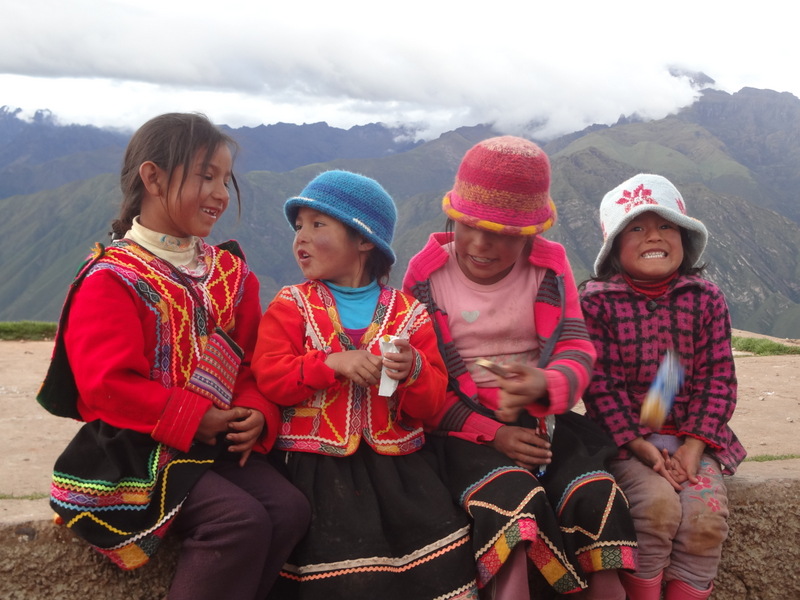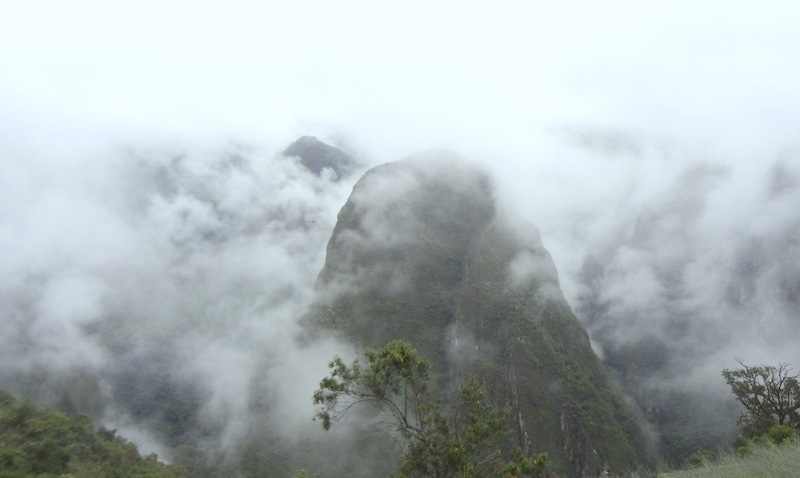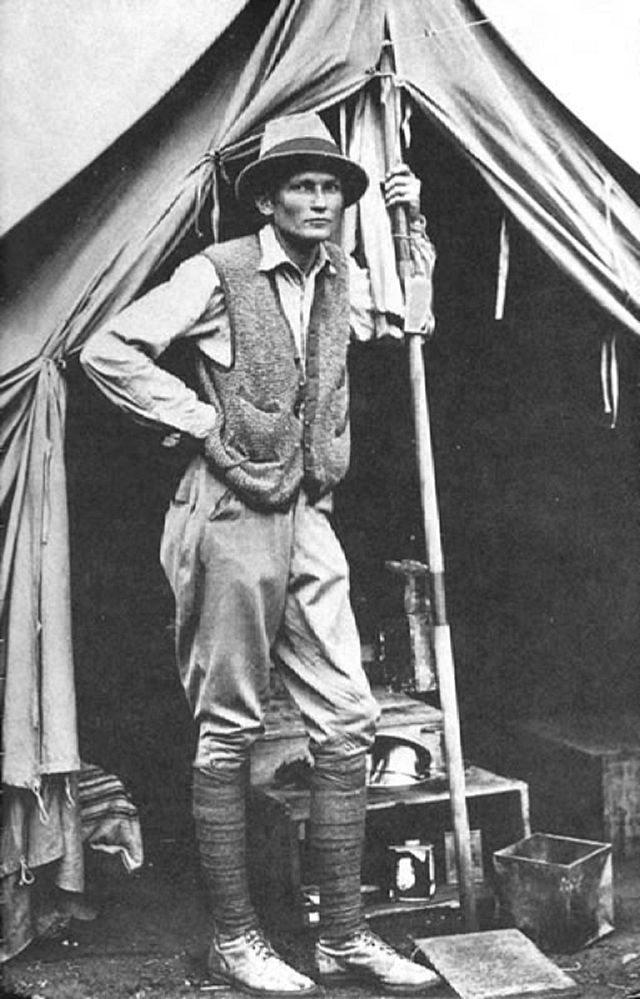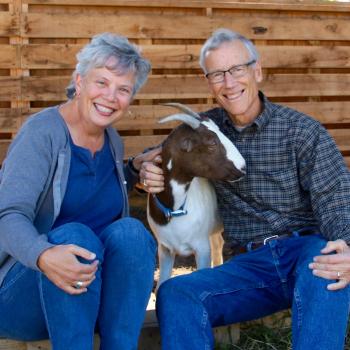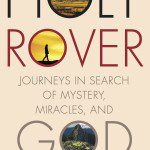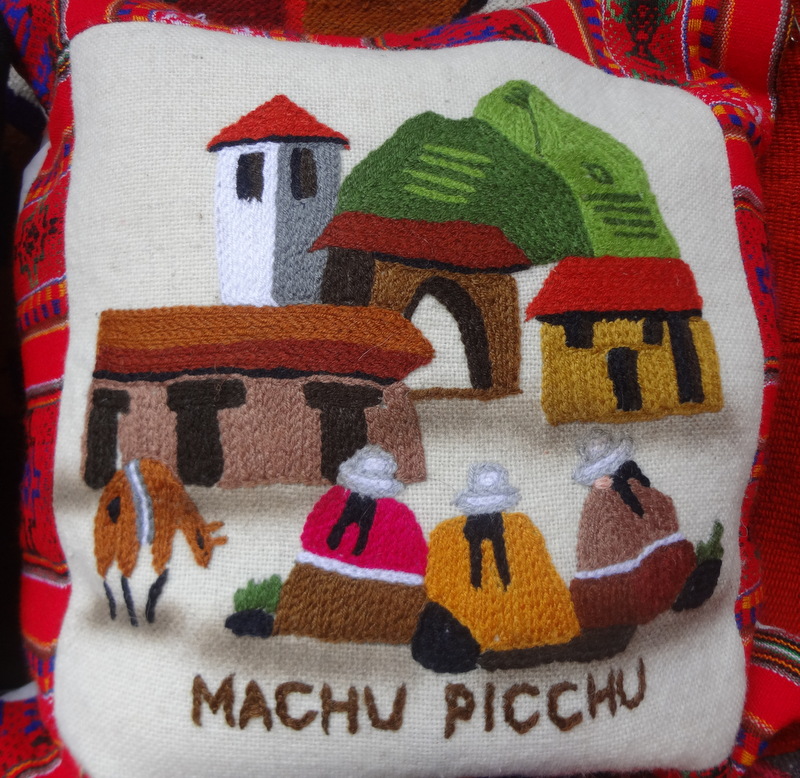
Tell me, is there any spiritual destination in the world with a more evocative and mysterious reputation than Machu Picchu in Peru? I’ve visited many holy sites around the world, and I can’t think of one that can compare. So when I received an invitation to visit (thanks to the Society of American Travel Writers), I simply couldn’t say no.
Much is still a mystery about Machu Picchu, and certainly my own knowledge of it is far from comprehensive. But my visit there intrigued and moved me, and I hope you’ll come along with me over the next few posts as I tell you about it.
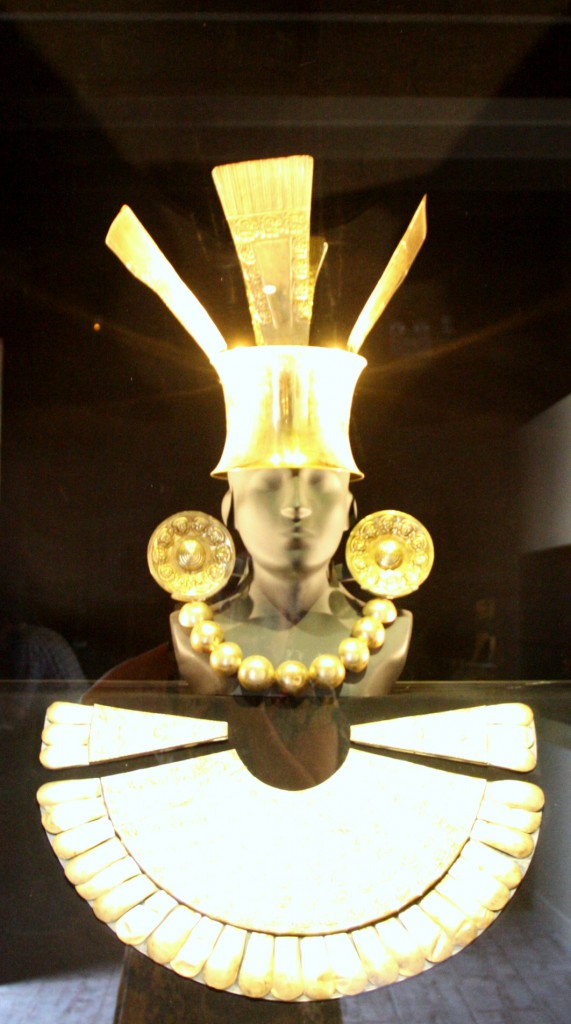
First, some history, for if you want to understand Machu Picchu, you need to know something of the people who created it. Machu Picchu was built in the 15th century as an outpost of the Inca Empire. “Inca” is a term for a ruler, similar to Caesar or King. During the entire history of the Inca Empire (which lasted only about a century) there were just 14 Incas. All were members of a tribe that today is known as the Quechua, who still live in the Andean mountains.
Beginning around 1440 AD, Inca rulers forged the New World’s largest pre-Columbian empire, one that stretched from southern Colombia to central Chile and from the arid plains of coastal Peru to the Amazon jungles. They did so with a combination of ruthlessness, efficiency and practicality. If a tribe or city accepted their rule, they were incorporated peacefully into the empire. If they resisted, they were swiftly conquered. By the late 15th century, the Inca Empire was a well-oiled bureaucratic machine. Powered by the labor of peasants and including some ten million people, it was wealthy and sophisticated. Inca roads connected the farthest reaches of the empire, linked by runners who carried messages between cities. You might think of the Inca civilization as the Romans of South America–masters of architecture, road-building and civil administration.
The greatest Inca was Pachacuti, whose name means “he who shakes the earth.” Like all Inca rulers, he was considered a demi-god as well as a political leader. Through conquest and skillful leadership he created an empire composed of many different tribes and ethnicities, ruled over by an Inca elite. He built grand monuments and huge fortresses, including (most likely) Machu Picchu.
Then came an unexpected threat. Soon after Columbus landed in the Caribbean in 1492, the diseases of Europe began to filter south. Within a few years, smallpox had killed many natives, including Huayna Capac, the leader of the Inca Empire. A civil war followed, further weakening Inca society.
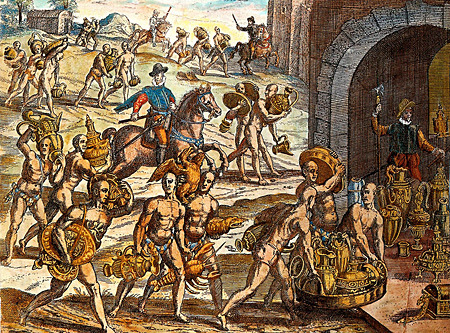
By the time the Spanish Conquistadors arrived, the empire was vulnerable and fragile. Imagine the drama of this scene: In 1532 Francisco Pizarro and his band of 167 men met the Inca emperor Atahualpa in the small Andean town of Cajamarca. Atahualpa was curious about the ragtag group and was particularly intrigued by their horses, a species new to that region of the world. Though he had already made plans to kill them the next day, he foolishly allowed them to approach him. Pizarro acted with swiftness and (one must admit) bravery, capturing Atahualpa despite the presence of thousands of Inca soldiers.
Caught in a trap, Atahualpa made a generous bargain with Pizarro. In exchange for his life, he offered him a ransom that consisted of a large room filled with treasure three times over—once with gold, and twice with silver. Over the next months, precious objects poured in from throughout the empire. As promised, the room was packed three times with the precious metals. But Pizarro, who was as cruel as he was brave, reneged on the deal and killed Atahualpa anyway.
That tragedy was a foretaste of what would unfold over the next decades. The Spanish staged a brutal take-over of the Inca Empire, greatly aided by their superior weapons and use of horses. While there was brutality on both sides, the Spanish were far more savage (Kim MacQuarrie’s The Last Days of the Incas gives a fascinating overview of this period). The Inca people did not submit willingly, and for many years Manco Inca, the son of Huayna Capac, fought desperately against the invaders. Eventually he and his small band of followers retreated into the Amazon region and staged a guerrilla war from their headquarters in the city of Vilcabamba. They were finally defeated in 1572.
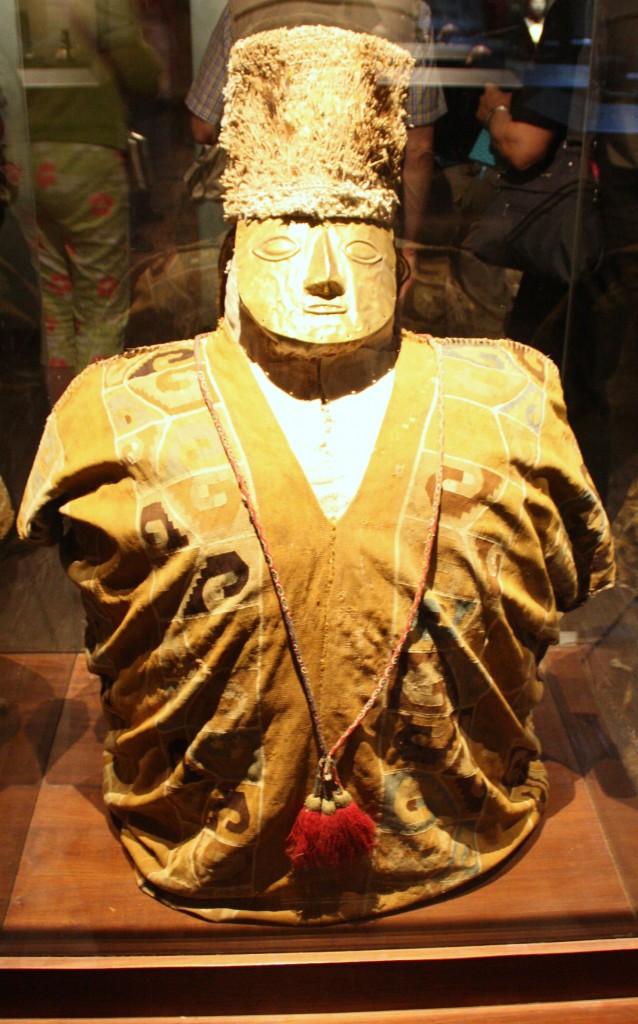
As I traveled through Peru, threads of this story kept reappearing. In Lima, for example, I toured the Larco Museum, which has many artifacts from the Inca period. There I saw mummies (the bodies curled into a fetal position and robed in finery) and ceremonial clay pots bearing the faces of individuals who had died centuries ago. Most stunning of all were pieces of gold jewelry and sacred objects, which were among the few artifacts that escaped the greed of the Spanish invaders. Each piece evokes the mystery and splendor of that doomed civilization.
I was also intrigued by the ways in which remnants of the Inca period are still interwoven with daily life in Peru. Many of the buildings, particularly in the former Inca capital of Cusco, have Inca foundations. Builders shaped huge stone blocks so precisely that they needed no mortar to hold them together, constructing buildings that have remained standing even during major earthquakes (unlike many more modern buildings). One might say, in fact, that the Inca Empire still forms the foundation of Peru.
This is also certainly true in the spirituality of the Andean region. High in the mountains, many people practice a mixture of Catholic and much older traditions. The Virgin Mary, for example, is frequently depicted in forms that recall Pachamama, the earth mother of the Incas. To honor her, people will pour a splash of whatever they’re drinking on the ground before taking their own first sip. In August, which is the start of the growing season in Peru, ceremonies are held that include the offering of fruits, grains and the sacred coca leaf.
Just like their Incan ancestors, many in the Andes still believe that apus, or spirits, live in the mountain peaks. You can also see the three main totems of the Inca incorporated in many designs in the region: the condor (representing the world of the gods), the puma (symbolizing the world of humans), and the snake (which represents the underworld and the dead).
And that, my friends, brings us to Machu Picchu. In my next post, we’ll make the ascent.
